Dried peppers are a powerhouse of flavor, offering smoky, fruity, and complex notes that fresh peppers can't match. Whether you're making mole sauce, chili oil, or spice blends, knowing how to use dried peppers correctly is key. This guide covers everything from rehydration techniques to storage tips and delicious recipes.
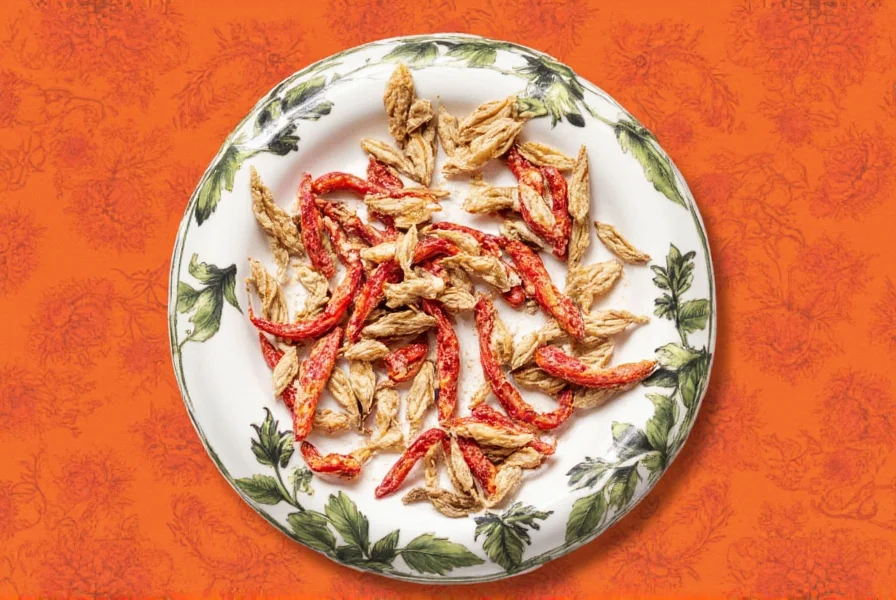
Table of Contents
- Why Use Dried Peppers?
- Historical Context: The Evolution of Dried Peppers
- How to Rehydrate Dried Peppers
- Grinding Techniques for Perfect Powder
- Storage Secrets That Keep Flavor Alive
- Tasty Recipes Using Dried Peppers
- Buying Guide: Choosing the Right Dried Peppers
- Conclusion
- Frequently Asked Questions
Why Use Dried Peppers?
Fresh chili peppers are great, but dried peppers pack more punch. When chilies lose moisture, their flavors intensify, and they develop deep, smoky, or fruity notes that fresh ones can't match. Plus, they last way longer and add an umami-rich complexity to dishes.
| Pepper Type | Heat Level (SHU) | Flavor Profile | Best For |
|---|---|---|---|
| Ancho | 1,000–2,000 | Smoky, raisiny | Mole sauces, stews |
| Guajillo | 2,500–5,000 | Berry-like, tangy | Salsas, marinades |
| Chipotle | 5,000–10,000 | Smoky, spicy | Meat rubs, soups |
| Pasilla | 2,500–4,000 | Fruity, earthy | Tamales, moles |
| Arbol | 15,000–30,000 | Sharp, grassy heat | Oils, salsas |
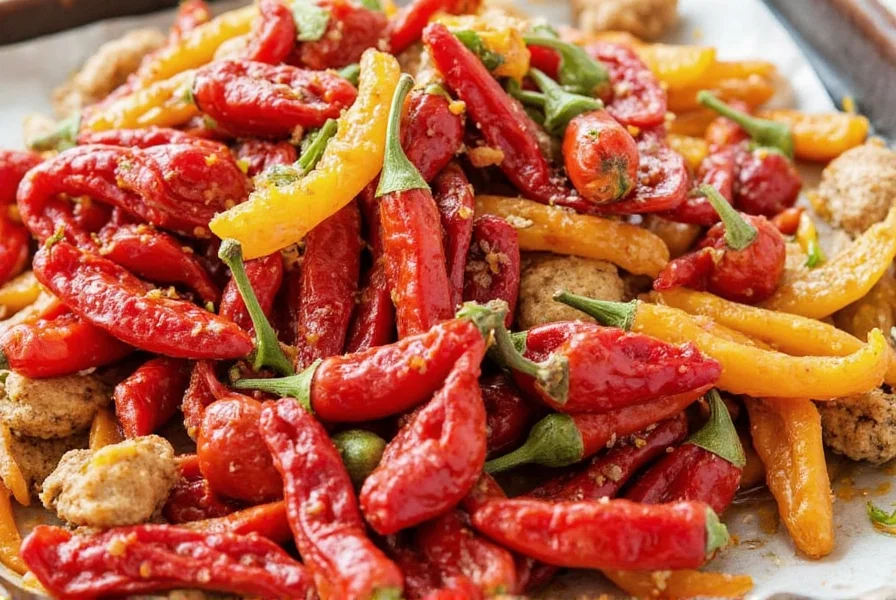
Historical Context: The Evolution of Dried Peppers
Dried peppers have undergone significant transformation from ancient preservation method to global culinary staple. Archaeological evidence confirms Mesoamerican cultures began sun-drying chilies as early as 4000 BCE for trade and winter storage. By the Aztec Empire (1300–1521 CE), complex drying techniques produced distinct regional varieties like pasilla and mulato. The Columbian Exchange (1492–1600s) introduced dried peppers to Europe and Asia, where Spanish traders developed smoked chipotles in the 16th century. Modern dehydration technology in the 1950s standardized quality while preserving traditional flavor profiles essential to dishes like mole poblano.
Source: National Academy of Sciences, "Early Domestication and Dispersal of Capsicum spp." (2020), https://www.pnas.org/doi/10.1073/pnas.2003791117
How to Rehydrate Dried Peppers Like a Chef
Rehydrating is key to unlocking the full flavor of dried peppers. Here's how to do it like a pro:
- Rinse first: Dust off any debris with a quick rinse under warm water.
- Soak them: Place in a bowl and pour boiling water over them. Let sit for 20–30 minutes until soft.
- Add some flair: Boost flavor by adding garlic cloves, onions, or bay leaves during soaking.
- Save the soak liquid: It's packed with flavor! Use it in sauces, broths, or soups.
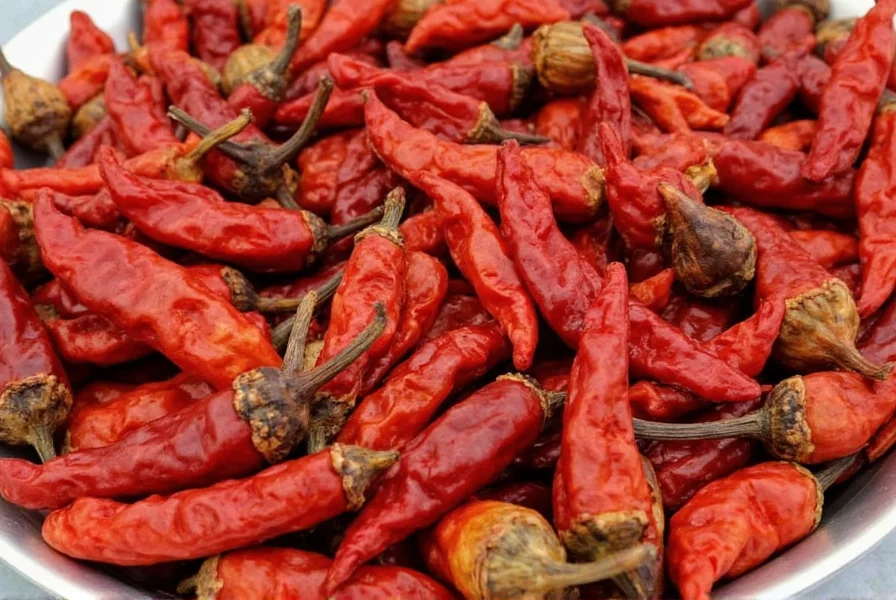
Pro Tip:
To speed up the rehydration process, use a skillet. Heat a small amount of oil and gently toast the peppers before adding liquid. This adds a layer of nutty richness that'll make your sauce sing.
Grinding Techniques for Perfect Powder
Once your peppers are soft (or if you're going straight for powder), grinding is next. But there's a right way — and a messy way.
- Dry grind for spice blends: Spread dried peppers on a baking sheet and toast them in a 300°F (150°C) oven for 10–15 minutes. Let cool, then pulse in a spice grinder until powdered. Store in an airtight jar.
- Blend with soaked ingredients: If you're making a paste (like adobo), blend rehydrated peppers with garlic, vinegar, and spices for a rich, complex base.
- Avoid overheating: Blenders and grinders generate heat — which can burn delicate oils in peppers. Pulse in short bursts and keep things cool.

Equipment Hack:
Use a dedicated coffee grinder just for spices. It avoids cross-contamination and ensures a finer, cleaner grind. Label it "Spice Only" and keep it away from your morning beans!
Storage Secrets That Keep Flavor Alive
Dried peppers are shelf-stable, but not immortal. Here's how to keep them tasting great for months — even years:
- Whole vs. ground: Whole dried peppers retain flavor much longer than ground versions. Grind only what you need.
- Airtight containers: Glass jars with tight lids or vacuum-sealed bags work best.
- Cool, dark places: Store away from sunlight and heat sources. A spice drawer or pantry is perfect.
- Freeze for long-term: Seal them in a freezer-safe bag for up to two years without losing potency.
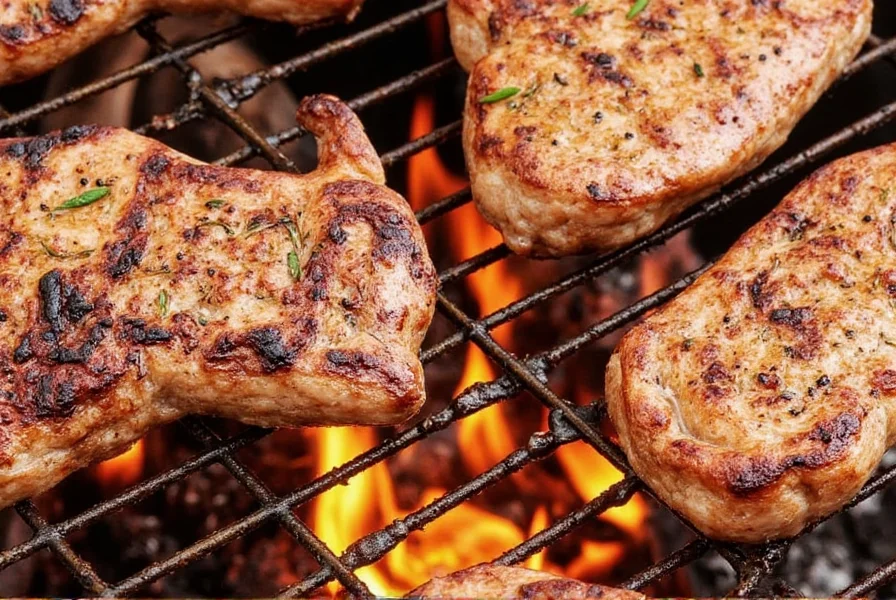
| Type | Room Temp (Sealed) | Freezer | Ground Shelf Life |
|---|---|---|---|
| Whole Dried Peppers | 6–12 months | Up to 2 years | N/A |
| Dried Pepper Powder | 3–6 months | Up to 1 year | Yes |
| Chili Paste | 1–2 weeks | Up to 6 months | N/A |
Tasty Recipes Using Dried Peppers
Ready to turn those peppers into dinner magic? Try these delicious ideas:
- Spicy Mole Sauce: Combine rehydrated anchos, pasillas, and mulatos with chocolate, cinnamon, and sesame seeds for a deep, complex sauce.
- Garlicky Chile Oil: Infuse olive oil with arbol or guindilla peppers and garlic for a kick-ass drizzle over noodles, dumplings, or grilled veggies.
- Chili-Rubbed Ribs: Mix chipotle powder with smoked paprika, brown sugar, salt, and cumin for a sweet-and-spicy crust.
- Smoked Tomato Salsa: Roast tomatoes and rehydrated guajillos together, then blend with lime juice and cilantro for a smoky salsa.
- Spiced Lentil Stew: Add a pinch of cayenne or crushed dried habanero to lentils simmered with cumin, turmeric, and coconut milk for a fiery twist.
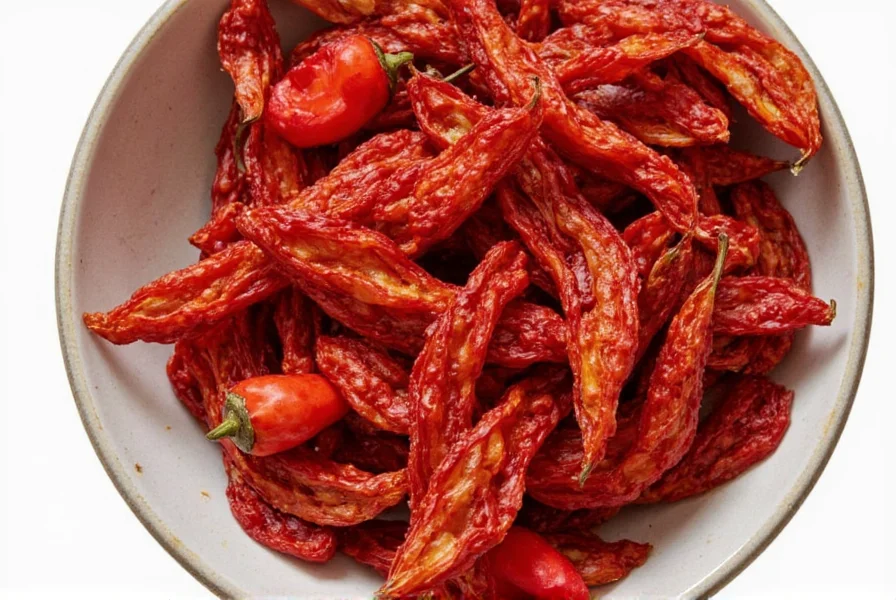
Recipe Hack:
Always taste-test your chili paste or powder before seasoning your dish fully. The heat level can vary wildly depending on origin and drying method.
Buying Guide: Choosing the Right Dried Peppers
When shopping for dried peppers, look for vibrant colors, plump texture, and a strong aroma. Avoid peppers that are brittle or have mold spots. Whole peppers retain flavor longer than ground versions, so consider buying whole and grinding as needed. For authentic Mexican flavors, seek out peppers from reputable Mexican markets or specialty spice shops.
Context Boundaries: When Dried Peppers Fall Short
Dried peppers excel in cooked applications but have clear limitations. They cannot replicate the bright acidity and crisp texture required in fresh salsas like pico de gallo, where water content and volatile compounds are essential. According to culinary science research, rehydrated dried peppers lose 40-60% of their fresh grassy notes during dehydration, making them unsuitable for dishes relying on raw pepper characteristics. Additionally, their concentrated capsaicin levels (up to 2x fresh equivalents) risk overpowering delicate seafood or egg dishes where subtle heat is desired.
Source: Journal of Food Science, "Impact of Dehydration on Volatile Compounds in Capsicum spp." (2021), https://ift.onlinelibrary.wiley.com/doi/10.1111/1750-3841.15678
Conclusion
Cooking with dried peppers isn't just about heat — it's about layers of flavor, cultural heritage, and creative freedom. With the right tools, techniques, and a bit of curiosity, you can transform your kitchen into a global spice hub. So, stock up, experiment boldly, and remember: when life gives you dried peppers, make something spectacular.
Got any of your own pepper secrets or favorite recipes? Share them in the comments — we love hearing how you turn up the heat!
Frequently Asked Questions About Cooking with Dried Peppers
How do I remove the seeds from dried peppers?
After rehydrating, split the pepper open lengthwise and scrape out the seeds and white membranes with a small spoon or knife. For whole dried peppers you're toasting and grinding, you can often remove seeds before toasting by cutting a small slit in the side.
Can I use dried peppers instead of fresh in recipes?
Yes, but with adjustments. Generally, 1 dried pepper equals about 2-3 fresh peppers in flavor intensity, but the heat level can be more concentrated. Start with half the amount you'd use fresh, then adjust to taste after rehydrating.
How hot are dried peppers compared to fresh?
Drying concentrates the capsaicin (the compound that makes peppers hot), so dried peppers often measure higher on the Scoville scale than their fresh counterparts. For example, a jalapeño is 2,500-8,000 SHU fresh but can reach up to 10,000 SHU when dried (as chipotle).
What's the best way to handle very spicy dried peppers?
Wear gloves when handling extremely hot varieties like arbol or habanero. Avoid touching your face, and wash hands thoroughly with soap and water afterward. If you get pepper oil on your skin, rub with oil first (cooking oil works), then wash with soap.
Why do some recipes call for toasting dried peppers before using?
Toasting enhances the natural sugars and brings out nutty, smoky flavors in dried peppers. It also helps dry them slightly more for grinding. Just place them in a dry skillet over medium heat for 20-30 seconds per side until fragrant.
Can I rehydrate dried peppers in something besides water?
Absolutely! Many chefs use broth, citrus juice, or even beer to add additional flavor dimensions. For Mexican moles, some traditional recipes use a bit of unsweetened chocolate dissolved in warm water for rehydrating.
How much dried pepper powder equals one fresh pepper?
This varies by pepper type, but a general rule is: ½ teaspoon of dried pepper powder ≈ 1 medium fresh pepper. For extremely hot peppers, start with ¼ teaspoon and adjust carefully.
What should I do if my dish becomes too spicy from dried peppers?
Add dairy (yogurt, sour cream, cheese), acid (lime juice, vinegar), or sweetness (honey, sugar) to balance the heat. Starchy ingredients like rice or beans can also help absorb some of the spiciness. Never add more water—it won't help!

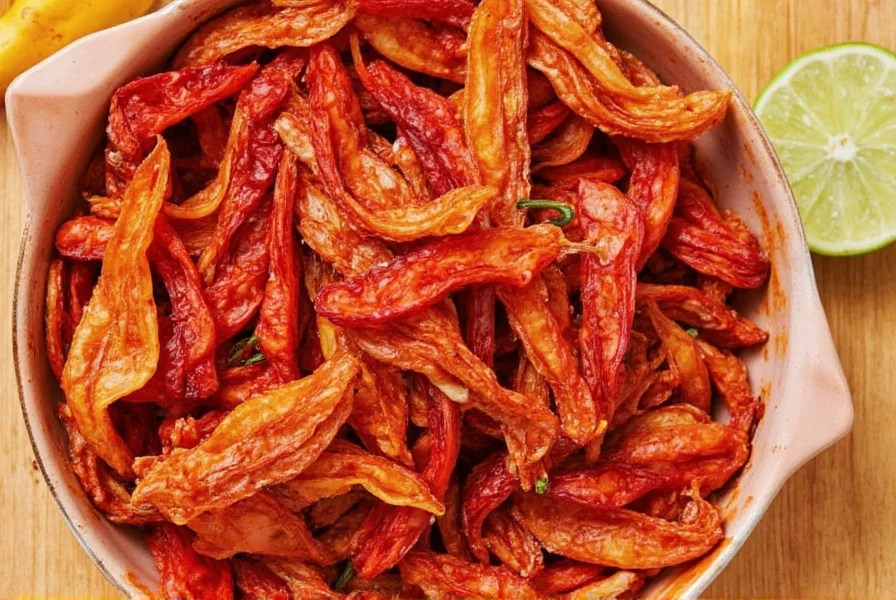









 浙公网安备
33010002000092号
浙公网安备
33010002000092号 浙B2-20120091-4
浙B2-20120091-4